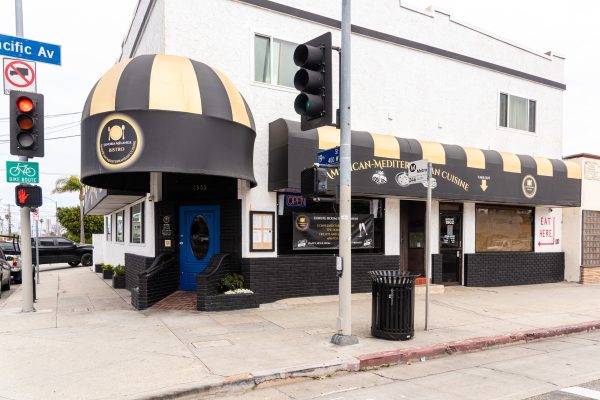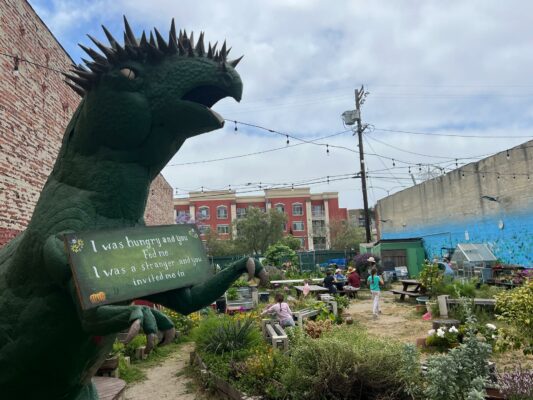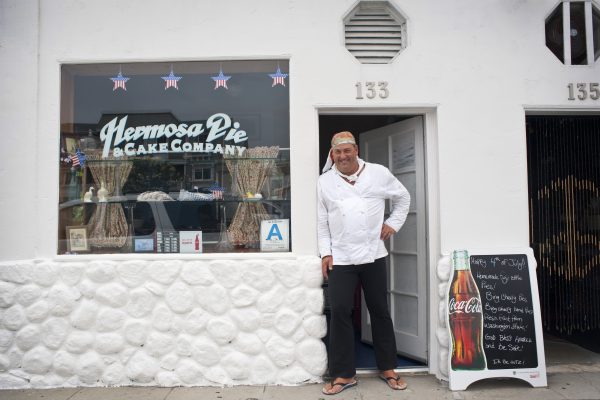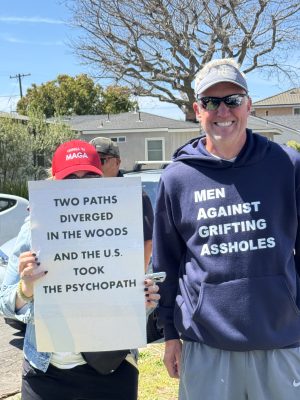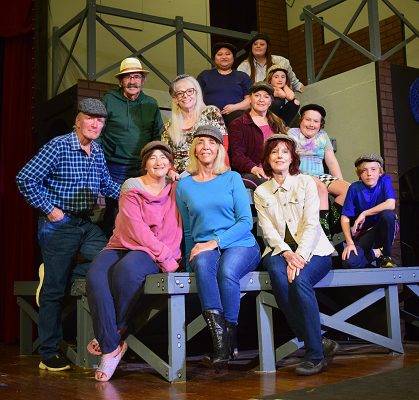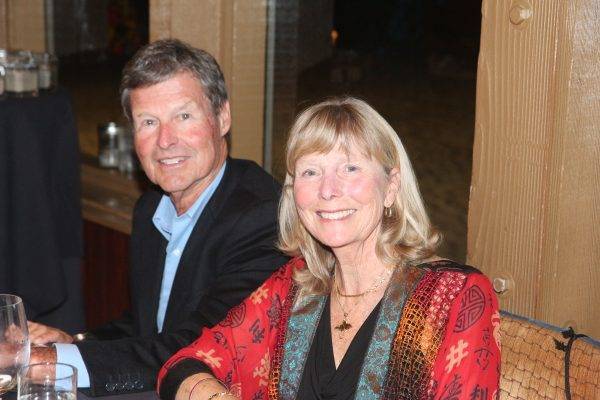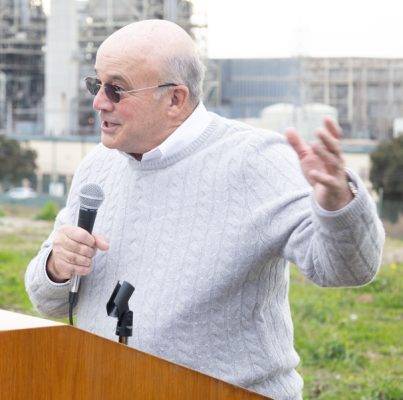by Kevin Cody
Whether engaging a community outreach consultant is “putting the horse before cart,” as Councilmember Rob Saemann contended; or necessary to show residents the council has an open mind, as Mayor Justin Massey contended, was discussed for nearly two hours at the Tuesday, May 28 Hermosa Beach City Council meeting.
The consultant outreach contract with the Lee Andrews Group, not to exceed $179,380, is to gather public input on plans for a new or renovated Hermosa Beach Civic Center.
In February, the council awarded a $47,750 contract to Fullerton Consulting to assist in a cost analysis for a new or renovated civic center. Jeffery Fullerton estimated the cost at $80 million to $130 million.
Fullerton told the council during a November 2023 meeting that revenue to pay for the new civic center could come from leasing the current City Hall property to a hotel, and building a City Hall across the street, on the Community Center parking lot.
At the February council meeting, Saemann agreed with Massey that the civic center needs improvements. “But before we ask the public’s opinion, we need something more solid to ask their opinion about,” he said.
Mayor Justin Massey countered at the May 28 meeting, “If we spend time and resources refining the options before seeking community engagement, you’ll have detractors claim, ‘It’s a done deal.’”
Councilmembers Mike Detoy and Raymond Jackson joined Massey in approving the community consultant contract. Councilmember Dean Francois voted with Saemann in opposing the contract.
Saemann argued the city is not prepared to give residents “a real realistic presentation of the possibilities.”
“We have a huge piece of property right now, where City Hall sits…. We own the storage yard across the street. We own the street itself.”
“We could go up three stories and build two new office/parking spaces.”
“One possibility that was never brought up is [buying] the barn [Stars Antique], next to City Hall.”
“The only possibility presented for paying for the new civic center is a public/private partnership… a hotel or something,” Saemann said.
“I don’t think that’s the greatest idea in the world,” he added. “I don’t think [City Hall] is a good spot for a hotel, next to a residential area, surrounded by one lane streets — Pier Avenue and Valley/Ardmore drives. The traffic there would be insane… There’s got to be some other way of paying for the Civic Center. But nobody has even brought it up.”
“How is the public supposed to make an informed decision without any information?” Saemann asked.
“Can I interject?” Massey asked,
“No. Let me finish,” Saemann responded
Then he continued.
“What if you went on a trip for 20 years to Europe, and you came back here. Would you even recognize this city? Would you wonder, ‘God, what happened to it? It’s gone.’
“Well, maybe that would be a good thing. But maybe it’s not a good thing. I’m trying to say what’s our hurry?”
Massey said in response to Saemann, “Before we invest too much time and money in refining proposals let’s engage the community, educate them as to what the challenges are and get their input…. We’re essentially at square one with a very rough ballpark estimate of a $100 million project, give or take $20 million.
“The cost of this community engagement contract for a very robust, civic engagement process is not a large line item in the overall cost and is frankly money well spent,” Massey said.
City Manager Suja Lowenthall responded to Saemann’s concerns about financing by saying, “We absolutely will make sure that community members have a framework to consider multiple financing options.”
“One of the options available to councils for any civic project is going out to voters for a bond. The Civic Center doesn’t necessarily have to be a public private partnership where sale of city property is involved. That is an option, that is how other municipalities have been able to upgrade their facilities without a net increase in their budgets.”
Consultant Lee Anderson, in responding to Saemann’s concerns, told the Council, “I lived in the South Bay for my undergrad and for law school, so I know the South Bay.”
“During the first 30 days, we put together a community engagement plan with city staff. We put our messaging in place.… So it’s agreed everyone is on the same message.”
“We analyze and adapt as we get messaging back…. What’s working with long term residents. What’s working with new residents. It’s a work in progress. But we start with a community engagement plan that’s black and white. Everybody has a chance to speak. Do they want something new? Do they want it to be renovated, or do they want to do nothing…”
“One of the alternatives is always a no build alternative. We’re non biased. Our plan is going to be overseen by the city staff and by you. We’re going out there with whatever message you want us to say. We’ll bring back to you a full report.”
Deputy City Manager Angela Crespi told the council the community engagement process would begin this month with development of a community engagement strategy, and be concluded in December 2025 with surveys, community meetings and pop-up events. ER


